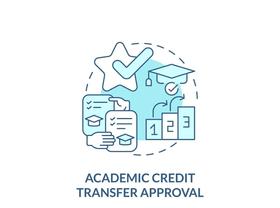There is no doubt that the cost of a college education is increasing, but as that price tag continues to go up, the general perception is now that college may not be the investment it was once touted to be. While colleges nationwide have worked to buck that idea, the bottom line doesn’t lie nor does the astronomical total of student debt racked up in this country today. Is there a way to invest in a college education without breaking the bank?
Country Financial Survey Reveals Concerns over College Costs Growing
A new national survey by Country Financial shows that many are continuing to question the value of a college education today. According to the publication, the survey found that just over half of the Americans interviewed this year thought a college degree was still a worthwhile investment. That number has dropped significantly since 2008 when 81 percent saw college as a good deal.
Despite the telltale data into America’s perception of the value of a college degree, higher debt balances to obtain those degrees have become more acceptable. According to the Country Financial website, the survey found that 42 percent of Americans believe student debt in excess of $20,000 is acceptable today. That number contrasts with the 31 percent that found that amount acceptable just last year. By the same token, the number of subjects who thought debt under $20,000 was acceptable declined to 50 percent, after numbers were at 61 percent in 2011.



























